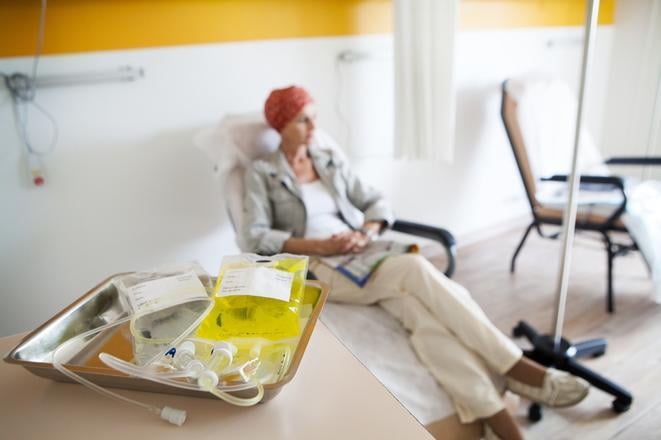Cases of colorectal, breast and prostate cancer have soared in Slovakia, with doctors diagnosing 62 percent more cases than two decades ago. Experts cite an ageing population, sedentary lifestyles, pollution, and unhealthy habits as key factors behind the rise, reports the Sme daily.
In 2001, Slovakia recorded just under 22,000 new cancer cases. By 2022, that number had climbed to nearly 35,000, according to the National Cancer Registry. Colorectal cancer, in particular, has surged among both men and women, a trend oncologists attribute to a lack of physical activity and increasing obesity.
“More people have sedentary jobs, they move less, and many are overweight,” says Tomáš Minárik from the National Oncology Institute.
The trend mirrors patterns seen in the United States, he adds.
Half of all cancer cases in Slovakia are preventable
Poor lifestyle choices are also fuelling other cancers. Excessive alcohol consumption is a known risk factor, with regular drinking at home particularly dangerous, warns Minárik. The rising incidence of skin cancer is another concern, as Slovaks travel more frequently to sunny destinations, increasing their exposure to harmful UV radiation. Lung cancer cases, meanwhile, have grown sharply among women, largely due to smoking.
“Smoking-related cancers disproportionately affect lower-income groups, who are often less receptive to prevention campaigns,” says Pavol Dubinský, head of radiation oncology at the Eastern Slovak Oncology Institute.
However, awareness efforts have made an impact in certain areas: thanks to breast cancer screening, cases are being caught earlier, improving survival rates.
Beyond lifestyle factors, oncologists highlight the role of ageing. “As the population grows older, the number of cancer diagnoses inevitably rises,” says Michal Mego, the Health Ministry’s chief oncologist. Blood cancers, such as leukaemia, are especially prevalent among those over 70, with high mortality rates.
Yet up to half of all cancer cases in Slovakia could be prevented, according to the Health Ministry. Screening programmes exist for breast, cervical, and colorectal cancer, with plans to introduce lung and prostate cancer screening. However, participation remains low, leading to late diagnoses and poorer outcomes.
“Despite improving diagnostics, too few people take part in screening, which means many cases are detected too late,” says Mego.
Third-highest cancer mortality rate in the EU
Other systemic issues hamper treatment. Long waiting times for diagnostics and limited access to innovative therapies are persistent problems. Mego also criticises Slovakia’s fragmented healthcare system, which lacks a clear “patient pathway” to guide individuals from initial diagnosis to treatment.
“Many patients feel lost in the system, which negatively affects their prognosis and overall experience,” he says. The average wait from GP referral to the start of cancer treatment is 160 to 180 days; the goal is to cut that to 50.
Delays and inefficiencies come at a cost: Slovakia has the third-highest cancer mortality rate in the EU, behind only Croatia and Hungary. In 2019, the country recorded 293 cancer deaths per 100,000 people, compared to the EU average of 247. While mortality rates declined between 2011 and 2019, the drop was still insufficient to close the gap with the rest of Europe.
Colorectal and cervical cancers remain the leading causes of cancer death in Slovakia.


 Cases of colorectal, breast and prostate cancer have soared in Slovakia. (source: AdobeStock)
Cases of colorectal, breast and prostate cancer have soared in Slovakia. (source: AdobeStock)